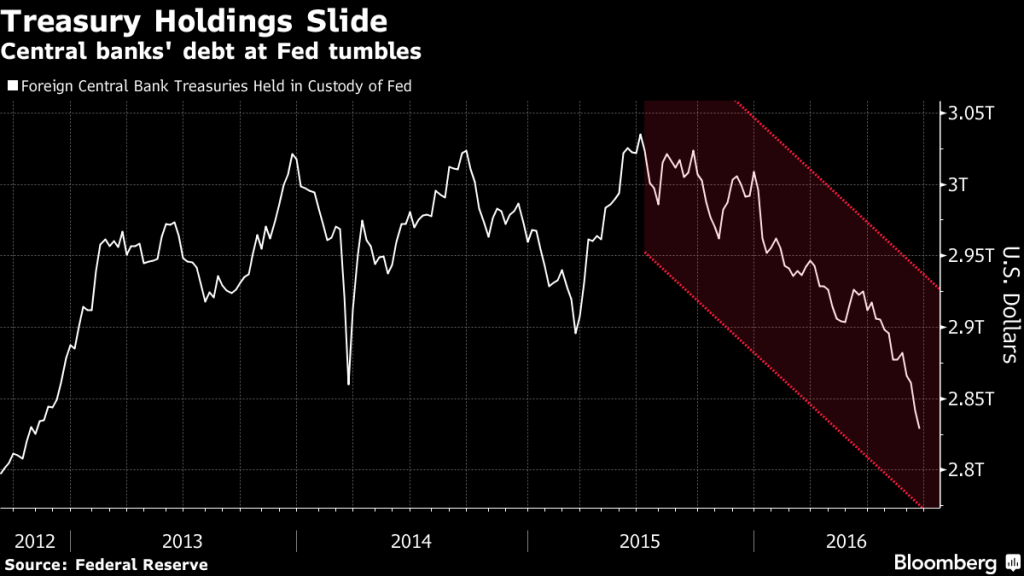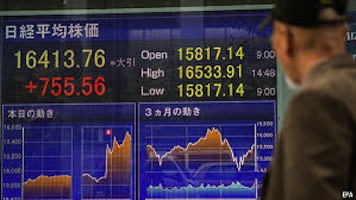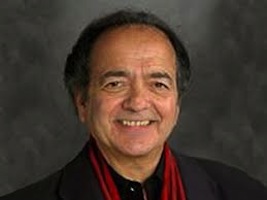A look at the role of the private financial regime within the Deep State

Bank of Japan

Central banks have cut Treasuries for three straight quarters Pullback may be a sign the bond market is at a tipping point Share on FacebookShare…

Interest rates and presidential candidates:

Jack Rasmus explains why all economic indicators for the US economy are ‘flashing red’ except for consumer spending, driven mostly by surging household debt again…

Gerald Celente takes a deep dive into the news of recent days, especially the self-destructing Donald Trump and ever present war drums pounding in the…

The ferocious reaction to my assessment that Senator Bernie Sanders’ economic and health care proposals could create long-term economic growth shows how mainstream economists who view themselves as politically…

China is blowing an even bigger industrial-growth bubble, central banks are attempting to prevent a global shock, and, meanwhile, all eyes are on the US…

Last month the Bank of Japan (BoJ) expanded its QE program and negative interest rates (NIRP) in a desperate attempt to reboost its stock market…

Trend forecaster Gerald Celente lays it on the table, dissecting why the bounce back in markets the last few days is bunk. After equity markets…

When you lend When you lend somebody money, they usually have to pay you for the privilege. That has been a bedrock assumption across centuries…

Jack reviews US Federal Reserve Chair, Janet Yellen’s, testimony to Congress this past week. Her overestimation of the health of the US economy and underestimation…

Seven years after the global financial crisis erupted in 2008, the world economy continued to stumble in 2015. According to the United Nations’ report World Economic…